Lockdown life: Top tips for creating workspaces at home that boost productivity and creativity
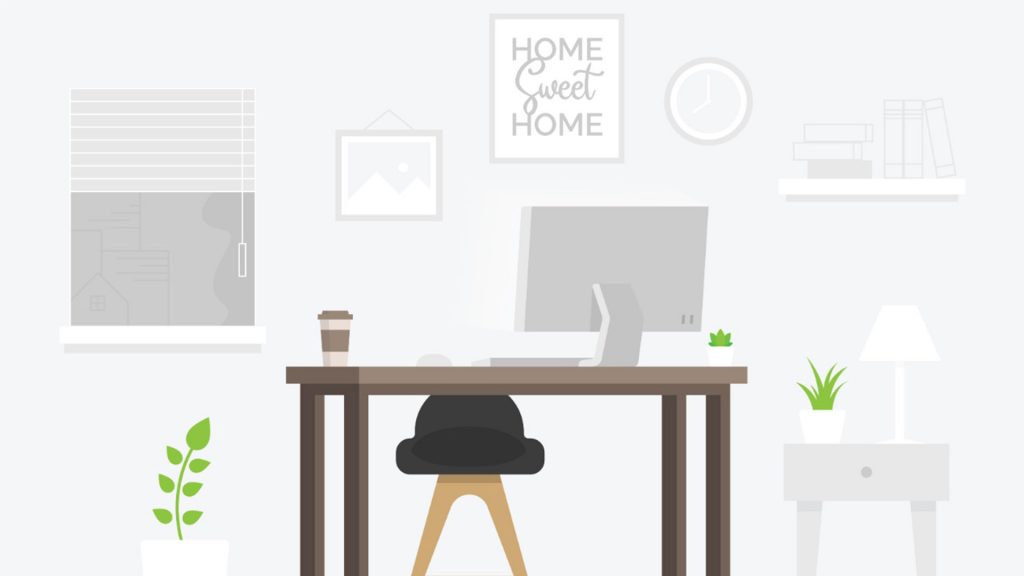
For some of us, it has almost been a month since we packed up our desks and set up shop at home as a result of the global health pandemic.
It’s no secret that working from home is tough and it’s hard to be in ‘work mode’ when you’re operating from the kitchen table.
The novelty of working remotely is definitely wearing off and the end isn’t in sight for many of us.
In a bid to help us maintain and even boost productivity, Dr Olga Kombeiz and Dr Erik Dietl, experts in human resource management and organisational behaviour, have shared practical recommendations for creating workspaces at home.
The School of Business and Economic academics’ tips are based on research they and their colleagues have conducted around the design of workspaces plus findings from broader scientific literature.
Their tips look at how spaces can be tailored to help with different types of tasks, with a particular focus on how lighting can be better used.
Dr Kombeiz and Dr Dietl say as well as helping those working remotely, the tips are also useful for students studying for exams at home and those wanting to focus on creative activities, such as painting or drawing, to keep them occupied during the lockdown.
Read what they had to say below…
Be aware of the nature of task you are working on
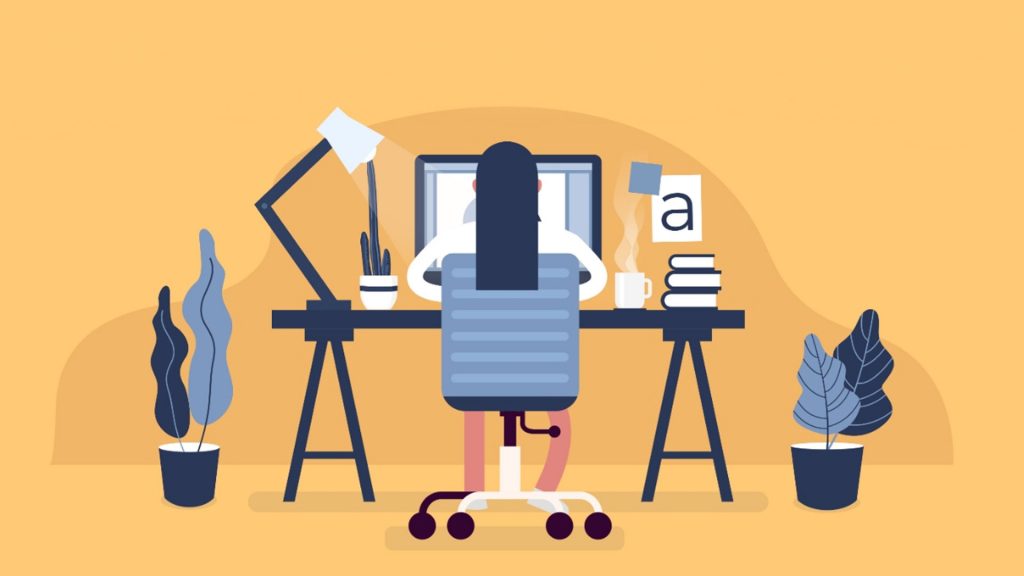
First of all, you need to identify what the nature of the work is, writes Dr Kombeiz and Dr Dietl. Is it a task that requires creativity? Examples are creating writing or problem solving, plus drawing and painting.
Or is it a task that requires high concentration where making errors should be avoided as far as possible? This could include work that involves calculations and maths, and working with others to solve problems.
Tasks that involve joint problem solving also present additional challenges, as they require a successful virtual collaboration with others (and we will share ways to boost collaborations).
Once you have assessed your type of task, you can try to create a working space at home that boosts your performance.
Creative tasks
The home environment might be suitable for creative work, because in the first place we need a cosy and relaxing room atmosphere.
A cosy ambience evokes a desire for the achievement of positive outcomes because we feel free, relaxed and feel no boundaries in our thinking.
There are several ways to design a cosy room atmosphere – using warm colours such as yellow, orange, red or using plants – but our key tip is to look at your lighting.
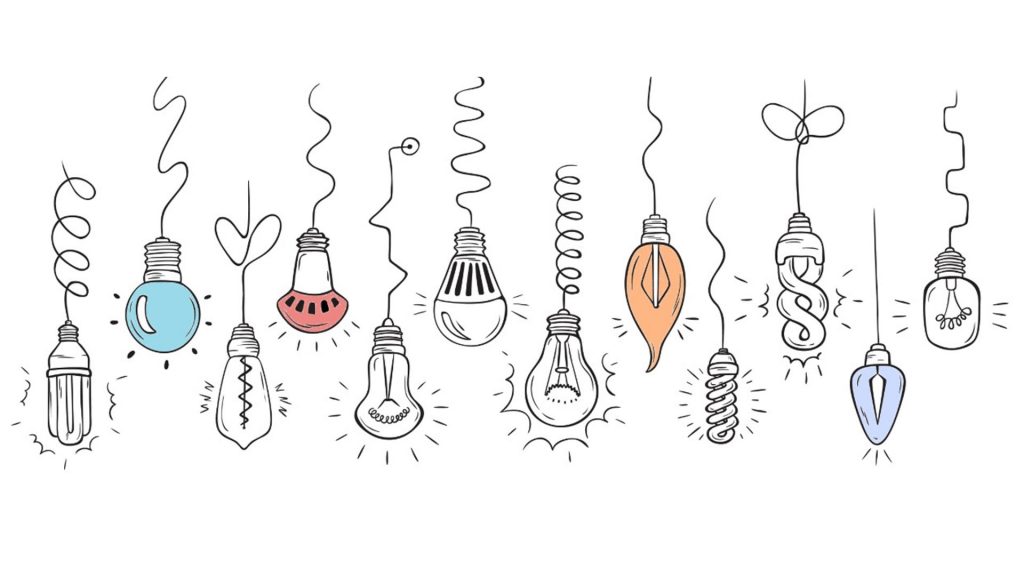
In one of our studies, we used lamps with red, blue coloured and white light. We projected the light onto a wall and let 146 students work on tasks requiring creative problem solving.
Students who were in a cosy room atmosphere, that is blue and red coloured accent light, showed higher creative performance than students who worked on the creative tasks in a room with white light.
Interestingly, previous research has also shown that darkness or dim light can boost creative performance.
These results can also be translated to employees and people working on creative tasks at home.
Perhaps swap your white bulbs for warmer alternatives and dim lights where possible to get the creative juices flowing.
Tasks that require high concentration
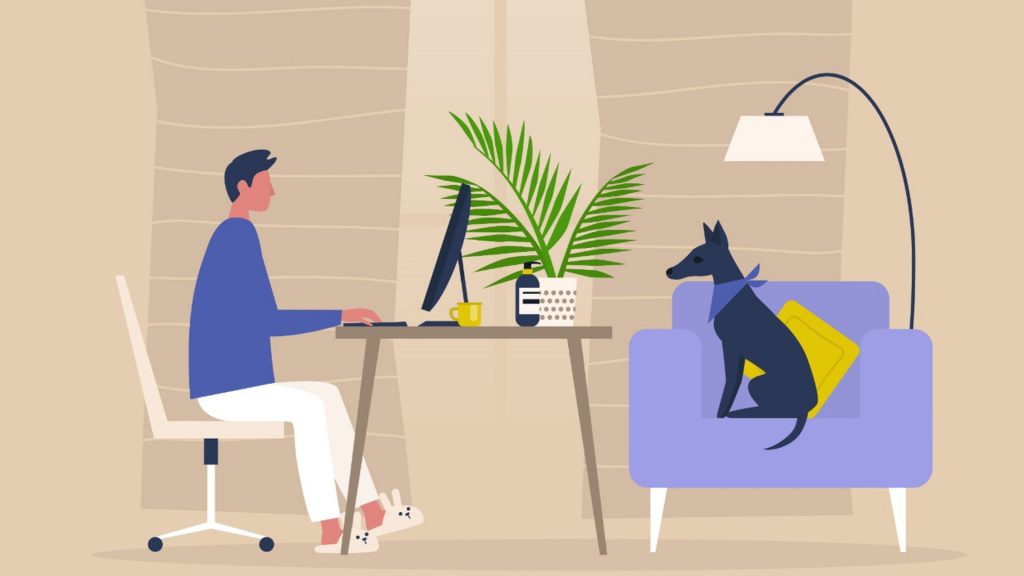
Previous research has shown that workplace features that help us to stay awake and provide less distraction are helpful. Such features are bright light and no noise or quiet music.
So, for those undertaking high concentration tasks at home, we advise choosing a room with bright lighting to do such work.
As subjective preferences are crucial, it may make sense for people to experiment and find what feels right for them, e.g. level of lighting brightness, using earplugs, or listening to music can be down to personal preferences.
Boosting collaboration

Tasks become more complex when more than one person is involved.
In order to collaborate successfully, people need to feel interconnected with others, to feel intimate with them rather than distant.
Our research found that lighting can also be used to create a social atmosphere; dim warm light creates a friendly, intimate, and less tense room atmosphere than bright light.
Interestingly, these findings did only hold for people who are generally less cooperative. So, if you are someone who struggles to collaborate, then it is worth looking to do such tasks in a room with dim warm lighting.
Taking breaks is not to be overlooked
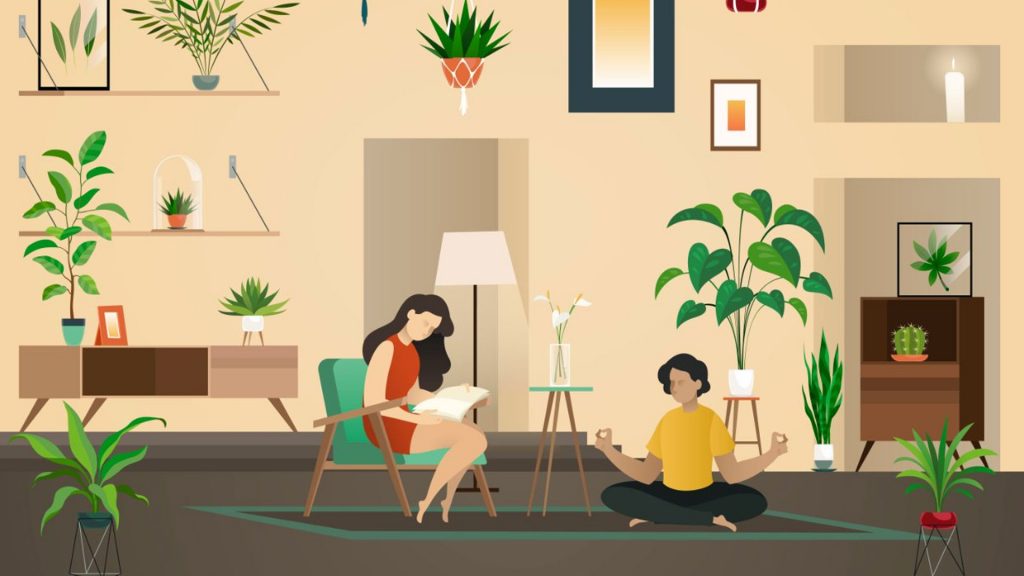
Our research shows that even a 15-minute break can help to recover from exhaustion and restore energy levels.
In general, getting out into nature has been found to be one of the best restoration strategies. However, it is sometimes not possible to head outdoors.
We suggest creating break rooms at home featuring nature and/or cosy aspects.
In one of our studies we found that rooms with these aspects can actually help to replenish energy.
Break rooms having congruent auditory input and/or pleasant scents were also found to be best for recovering from exhaustion.
So perhaps during your lunch break or after a day’s work listen to pleasant music or relaxing bird sounds to help you recover.
Health and Wellbeing
Wellbeing means being in a positive physical, social and mental state. Wellbeing is important to us as happy, healthy people who achieve harmony in their work / life mix are more creative, productive and help to create a great place to work.